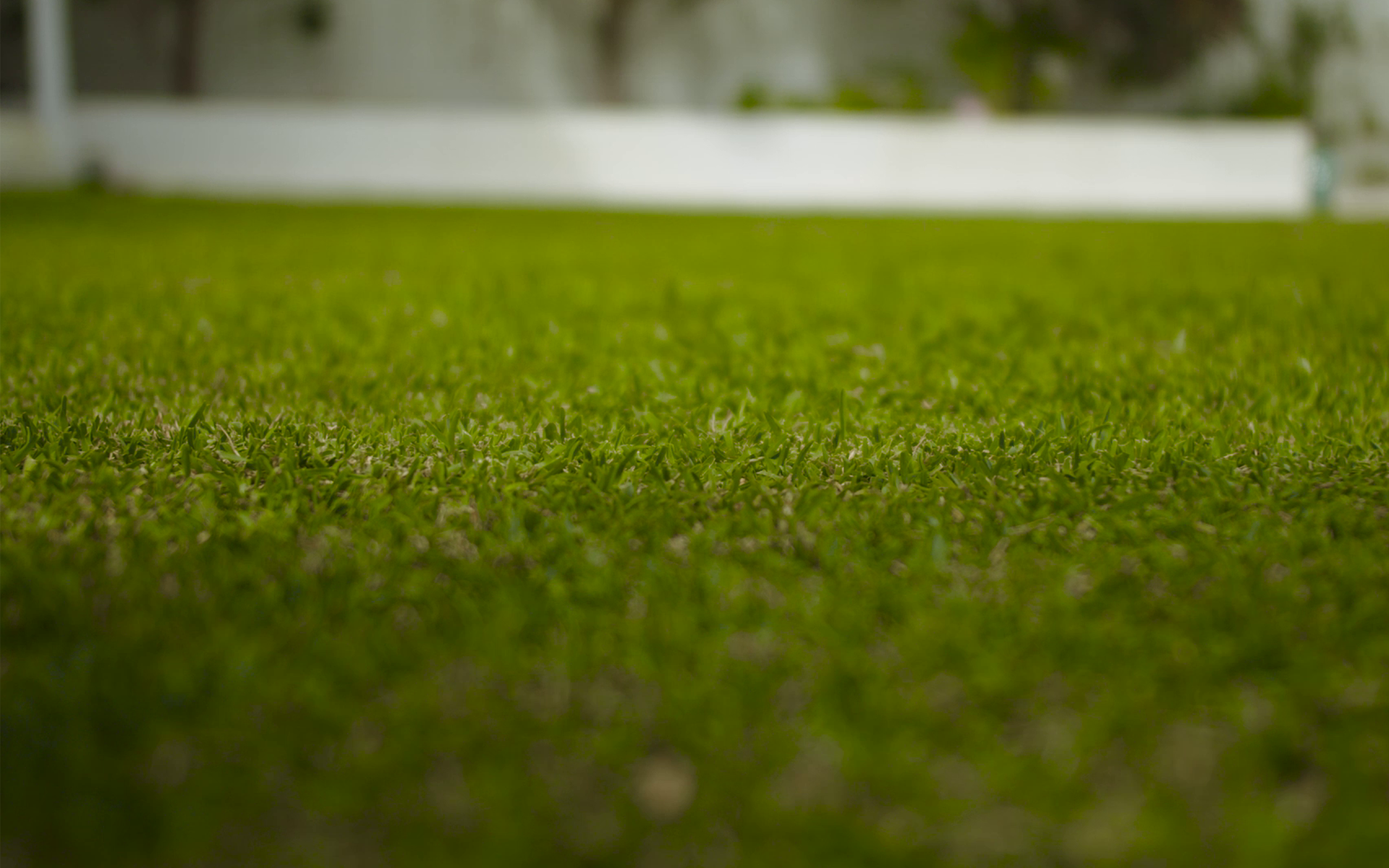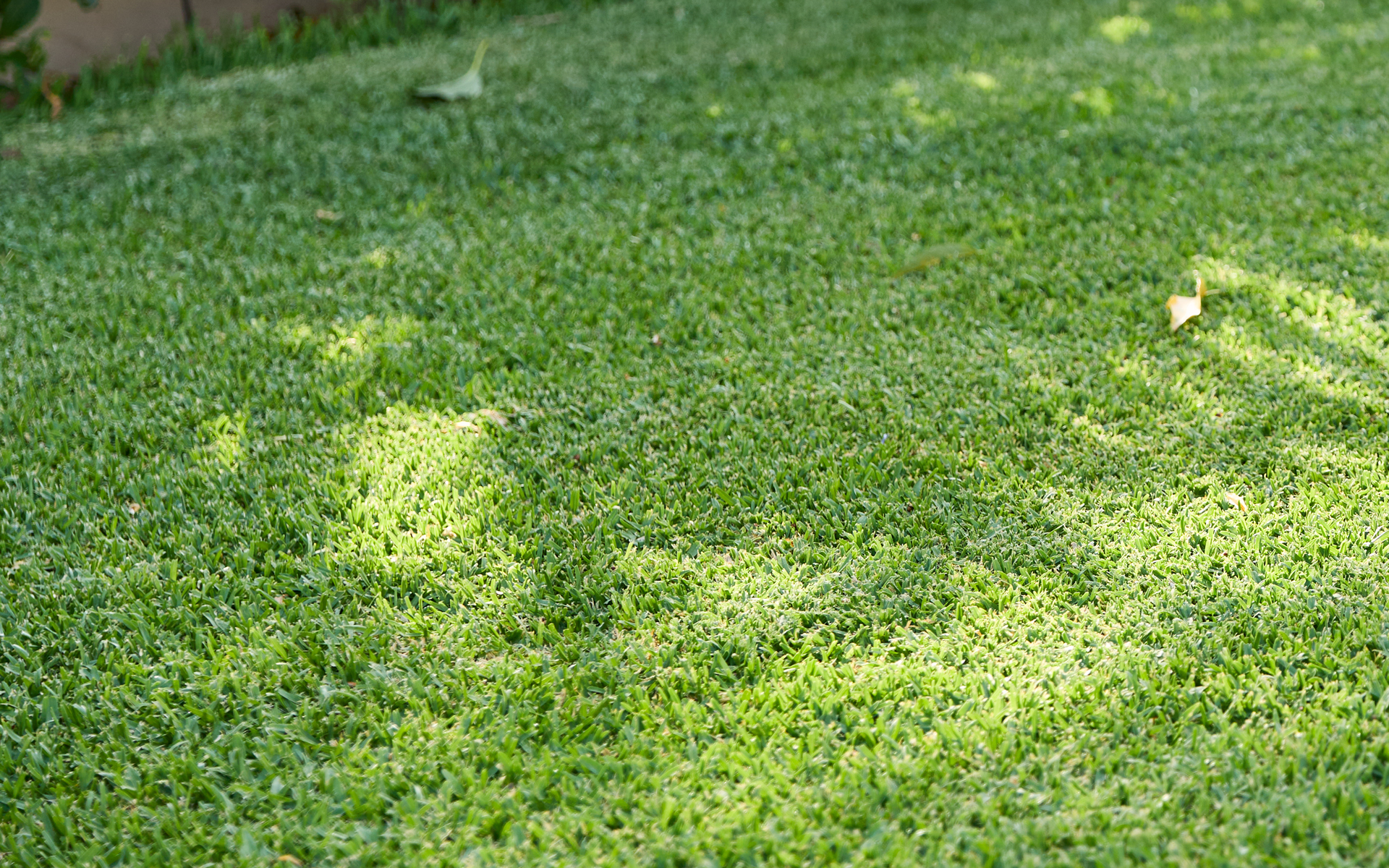
Aluminium sheets are a popular material for building outdoor furniture thanks to their lightweight nature, resistance to rust, and overall durability. However, even with all those benefits, plenty of people make costly mistakes when using aluminium sheets in outdoor settings.
Whether you’re a weekend DIYer or someone in the business of outdoor furniture design, getting it wrong can mean poor performance, early replacements, or furniture that just doesn’t hold up to Aussie conditions.
Mistake 1: Choosing the Wrong Thickness
One of the most common errors when working with aluminium flat sheets is selecting the wrong thickness for the job. Thinner aluminium sheets might be easier to handle and bend, but when it comes to structural strength for outdoor furniture, they’re often not up to the task.
If you’re building something like a bench, table, or chair, going too thin means your furniture can end up wobbly, dent-prone, or even collapse under weight. On the flip side, going too thick can be overkill and unnecessarily expensive—not to mention harder to cut and manipulate.

Mistake 2: Ignoring the Finish and Coating
Aluminium might be corrosion-resistant, but that doesn’t mean it’s maintenance-free. Many people forget that aluminium sheets used outdoors still need a proper finish or coating to protect against the elements, especially in coastal areas where salt in the air can speed up corrosion.
Bare aluminium can oxidise, leading to discolouration and a rough surface over time. It won’t necessarily rust like steel, but it can look old and tired if it’s not protected.
Mistake 3: Poor Structural Design
Just because aluminium sheets are easy to work with doesn’t mean you can skip proper design planning. One of the key issues people run into is underestimating how structural load works with sheet metal. For example, wide spans of unsupported sheet metal on a bench seat or table can bend or flex under pressure.
Furniture isn’t just about the material—it’s about how it’s put together. Without reinforcement or a good frame, even a durable material like aluminium can fail.
Mistake 4: Overlooking Heat Retention
Australia gets hot. Really hot. And aluminium is a metal, which means it heats up quickly under the sun. This is a commonly overlooked factor when people use aluminium sheets for furniture like outdoor chairs, lounges, or benches.
Imagine sitting on a metal bench on a 35-degree day—it’s not going to be pleasant. Even if the structure is perfect, that kind of heat makes the furniture practically unusable during summer.
Mistake 5: Skipping Proper Fasteners and Joinery
Fastening aluminium sheets can be tricky. A common mistake is using the wrong screws, bolts, or rivets, especially ones that aren’t compatible with aluminium. That can lead to corrosion or weak joins over time.
Another issue is not accounting for aluminium’s thermal expansion. Aluminium expands more than some other metals, which means if it’s clamped down too tightly with no room to expand, it can warp or buckle in high temperatures.
Mistake 6: Cutting Corners with Tools and Equipment
A lot of DIY builders use whatever tools they’ve got lying around, but aluminium sheets need the right gear. Using blunt tools or ones not suited to sheet metal can cause rough edges, warping, or uneven cuts. That’s not just an aesthetic issue—it can also lead to injuries or poor joins.
Mistake 7: Not Planning for Drainage
Flat aluminium surfaces on outdoor furniture can collect water, especially if the piece isn’t slightly tilted or doesn’t have built-in drainage. Over time, that pooling water can encourage mould, attract dirt, or cause paint and coatings to break down faster.
Mistake 8: Forgetting the Aesthetic Side
While aluminium is practical, it can also look sterile if you don’t consider the design details. Some people focus too much on function and forget to add a touch of creativity or style to match the outdoor space.
This is especially important in settings like patios, alfresco areas, or garden spaces where furniture also plays a decorative role.

Mistake 9: Underestimating the Environment
Building furniture in Perth is very different to building it for use in northern Queensland or Tasmania. Different environments bring different challenges. Sun, salt, wind, rain—all of these can affect how aluminium performs.
Mistake 10: Thinking One Sheet Does It All
Aluminium flat sheets come in various grades, finishes, and sizes. Not all are created equal, and definitely not all are suitable for outdoor furniture. Some builders buy sheets based purely on price or convenience, without checking if it matches the job’s demands.
Wrap-Up: Get It Right from the Start
Aluminium sheets are one of the best materials for creating sleek, durable, and low-maintenance outdoor furniture—if you use them right. The most common mistakes aren’t about the material itself, but how it’s chosen, cut, joined, and used in real-world conditions.










